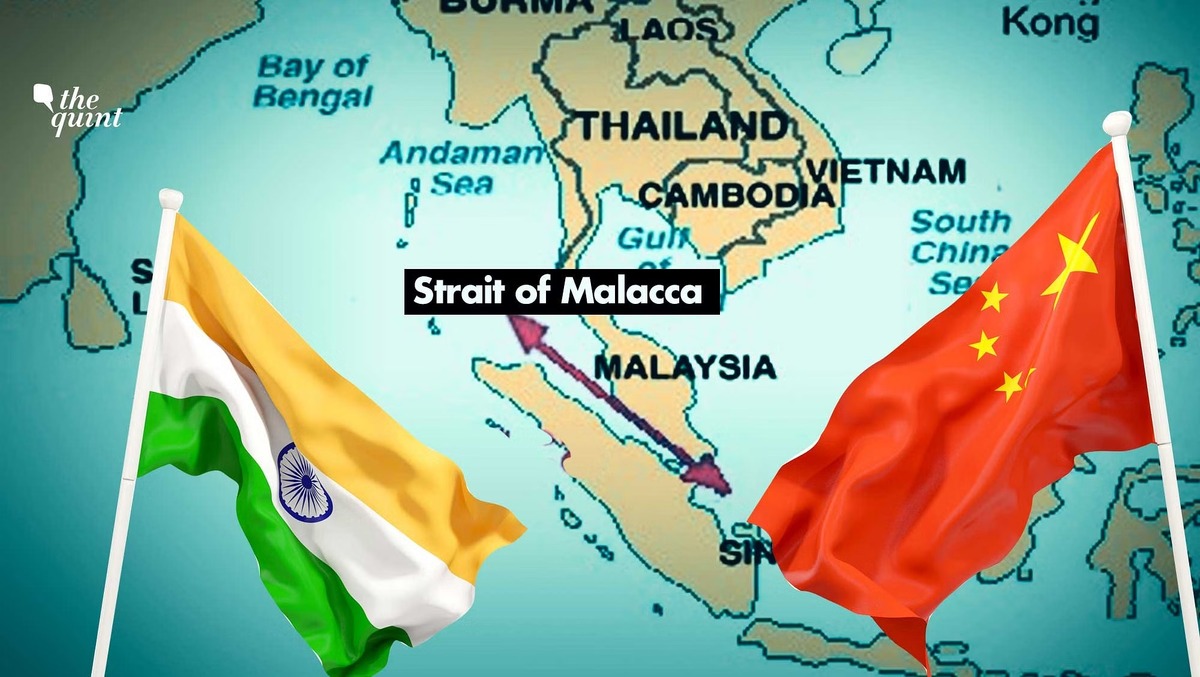Context:
Political opportunism, forester resistance and bureaucratic apathy have affected the Act which seeks to create a more democratic structure of forest governance.
Introduction:
- On December 18, 2006, the Rajya Sabha endorsed the Scheduled Tribes and Other Traditional Forest Dwellers (Recognition of Forest Rights) Act, enacted by the Lok Sabha.
- This Act, commonly known as the Forest Rights Act, or FRA, marks a watershed in India’s socio-environmental legislation, as it attempts to put an end to the long-drawn conflict over supposed forest encroachments.
- Simultaneously, it seeks to create a much more democratic, bottom-up forest governance.
History:
- Prior to colonialism, local communities enjoyed customary rights over forests in their vicinity or even a large region. Even when kings or chieftains claimed (say) hunting rights in certain forests, local communities continued to enjoy all other forest benefits.
- The colonial takeover of India’s forests, however, resulted in a massive disruption of these traditions.
Historical injustices and exploitation: Colonialism:
- Based on the false idea of ‘eminent domain’ (that the ruler always owns all property), the 1878 (colonial) Indian Forest Act was passed, and the takeover of India’s forests began.
- The Imperial Forest Department was established to harvest and transform the forest to maximise timber and revenue and was also tasked with protecting ‘state’ property against local communities, now deemed trespassers.
- The injustices imposed by this colonial forest policy took multiple forms.
- First, now that forests were seen as primarily a timber resource, shifting cultivation was banned.
- Second, the so-called survey and settlement of agricultural lands was incomplete and biased in favour of the state.
- Third, simultaneously, to ensure labour for forestry operations, ‘forest villages’ were created, wherein forest land was leased for agriculture to (mostly Adivasi) households in return for compulsory (virtually bonded) labour.
- Fourth, since forests were now state property, all access to forest produce was limited, temporary and chargeable, and always at the mercy of the forest bureaucracy that was armed with police powers. Any concessions to local livelihood needs were termed ‘privileges’ that could be modified or withdrawn any time.
- Fifth, even where access was permitted, the local community had no right to manage the forest, as the state logged valuable forests and made heavily used forest de facto open access.
Matters only worsened post-Independence:
- In the hurry to assimilate princely States and zamindari estates into the Union, their forest areas were declared state property without proper inquiry into who was residing in them. Legitimate residents and cultivators became ‘encroachers’ overnight.
- Later, forest lands were leased out under the ‘Grow More Food’ campaign and other initiatives to meet the needs of a growing population but were never ‘regularised’.
- Communities displaced by dams were not given alternative lands and ended up ‘encroaching’ forest land elsewhere. And, forest exploitation continued as in colonial times, but in the name of national interest.
- The Wildlife (Protection) Act 1972 and the Forest (Conservation) Act 1980 (FCA), again conceived within the framework of eminent domain, became the forms of injustice.
- Lakhs of communities were forcibly resettled when creating sanctuaries and national parks. And in ‘diverting’ forests for development projects, neither were the views or consent of local communities taken into consideration, nor, in spite of imposing hefty Net Present Value fees on the project, were the local communities compensated for the impact on their livelihoods.
Significance of Forest Rights Act:
- The FRA is remarkable because it first of all acknowledges these historical (colonial) injustices and their continuation post-Independence. Redress then takes three broad forms.
- The issue of so-called ‘encroachments’ is addressed through recognising individual forest rights (IFRs) to continue habitation and cultivation or other activities that existed before December 2005.
- Forest villages are to be converted into revenue villages after full rights recognition.
- The issue of access and control is addressed by recognising the rights of village communities to access and use forests and to own and sell minor forest produce, and, most importantly, to manage forests within their customary boundaries, including in sanctuaries and national parks.
- This is the most far-reaching provision in the FRA, as it ensures decentralised forest governance, linking management authority and responsibility to community rights.
- Finally, the Act lays down a democratic procedure for identifying whether and where wildlife conservation may require curtailing or extinguishing community rights.
- Simultaneously, having community rights over a forest translates ipso facto into the community having a say in, if not veto over, any diversion of that forest and a right to compensation if diverted.
- This right was reaffirmed by the Supreme Court in the Niyamgiri case, and although the Forest Conservation Rules 2022 and FCA Amendment 2023 seek to bypass this right, States can still put in place such consent mechanisms.
Distortions in implementation:
- Unfortunately, the politicians in most States focused solely on individual rights and projected the Act as an ‘encroachment regularisation’ scheme.
- But even the recognition of IFRs was done rather shabbily, compromised by Forest Department resistance, the apathy and ignorance of other departments, and misuse of technology.
- Claimants were put through enormous hardship during claim-filing, subjected to faulty and non-transparent rejections and (equally important) arbitrary partial recognition (thereby getting tagged as ‘approved’ claims).
- Imposing absurd digital processes in areas with poor connectivity and literacy, such as the VanMitra software in Madhya Pradesh, is just a continuation of injustice. Even the open-and-shut case of ‘forest villages’ has not been addressed in most States.
- But the biggest lacuna in FRA implementation is the extremely slow and incomplete recognition of community rights to access and manage forests (loosely, community forest rights or CFRs).
- The (still colonially structured) forest bureaucracy is vehemently opposed to these rights, as it stands to lose its zamindari: our estimates show that 70%-90% of the forests in central India should be under CFRs.
- Maharashtra, Odisha, and, more recently, Chhattisgarh, are the only States to recognise CFRs substantially. But only Maharashtra has enabled their activation by de-nationalising minor forest produce, at least in Scheduled Areas, resulting in at least a thousand villages managing their own forests.
- Even here, illegal non-recognition of community rights in densely forested potential mining areas has led to protest and unrest.
- The non-recognition of community rights is convenient to the hardline conservationists and the development lobby alike: communities in Protected Areas are then precariously placed and easy targets for ‘voluntary rehabilitation’, and forests can be handed over for mining or dams without community consent.
Fathom the FRA’s intent:
- As political regimes change and the memory of the struggle that led to the passage of this Act fades, calls for shutting down the FRA’s implementation have emerged.
- Simultaneously, some States have talked of ‘saturating’ rights recognition in mission mode. However, as examples from Chhattisgarh show, mission mode implementation invariably plays into the hands of the Forest Department, leading to distorted rights recognition and reinstatement of technocratic control.
Conclusion:
Unless political leaders, bureaucrats and environmentalists all appreciate the spirit and the intent of the FRA, the historical injustices will remain unaddressed, forest governance will remain highly undemocratic, and the enormous potential for community-led forest conservation and sustainable livelihoods will remain unrealised.
11.jpg)
.jpg)


Comments (0)